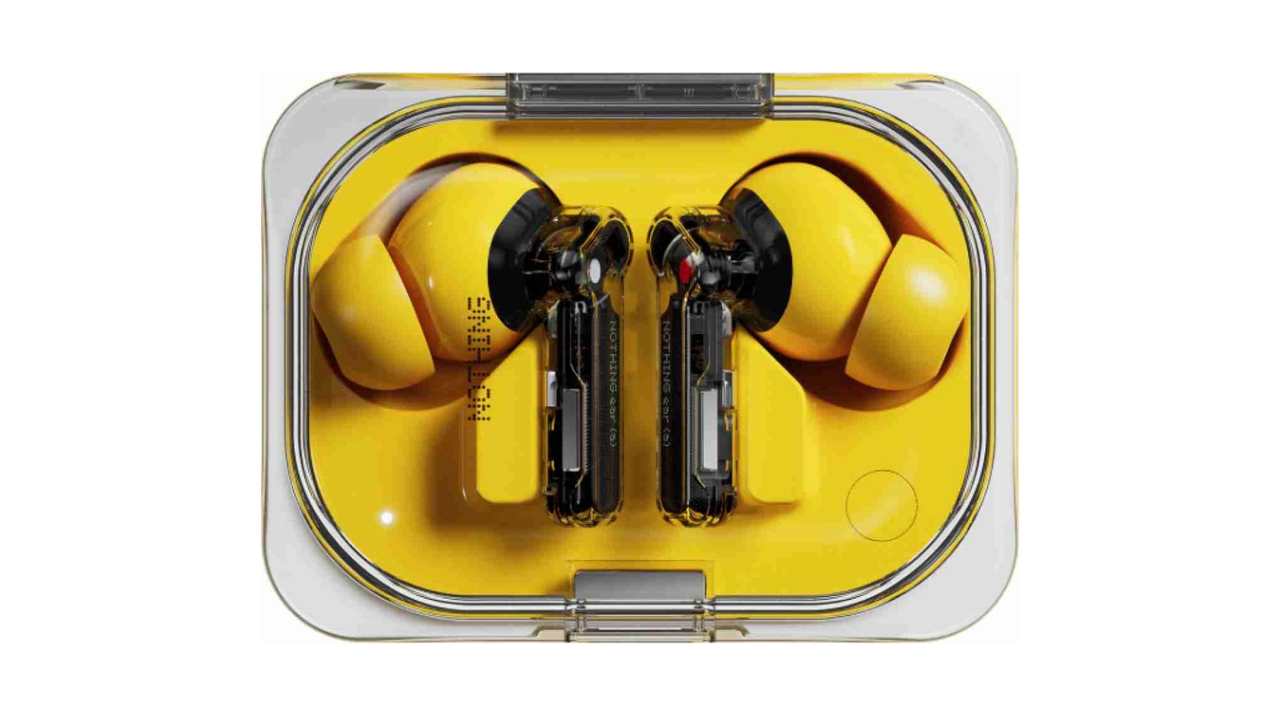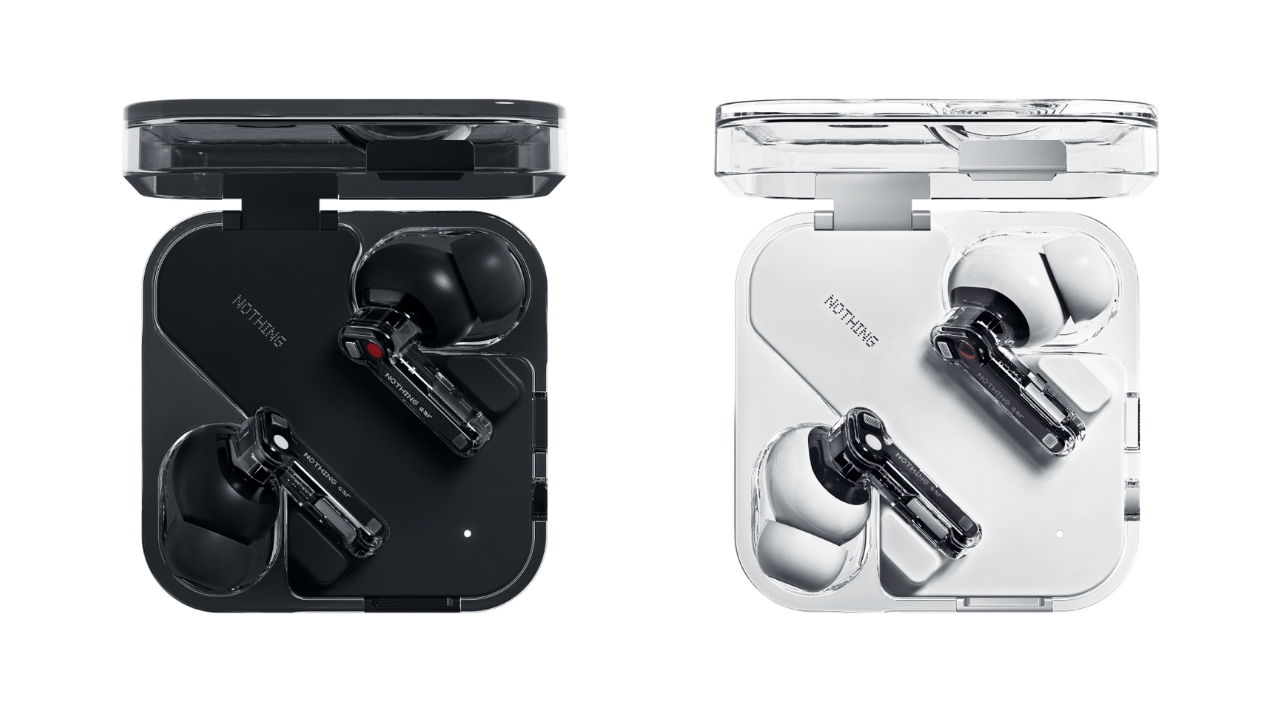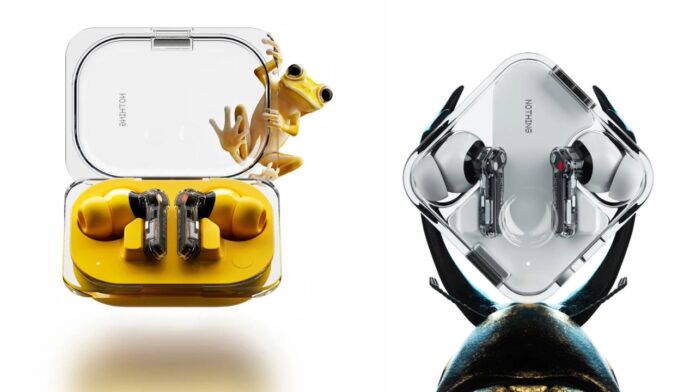Nothing has debuted two new earbuds worldwide including India, called Nothing Ear and the Ear (a). While the former succeeds the Nothing Ear (2) the brand launched in July last year, the latter is a part of an entirely new product line. As there’s a price difference of Rs 4,000 between the two.
Nothing Ear Vs Nothing Ear (a): What Are The Differences?
The Ear is priced at Rs 11,999, while the Ear (a) is priced at Rs 7,999. As for the differences between the two, Ear (a) is an inferior product to the Nothing Ear except in one area: battery.
The Ear (a) lacks the following features when compared to the Ear:
- Wireless charging
- Ceramic driver (ear (a) has TPU + PMI driver)
- LHDC 5.0 codec
- Advanced Equaliser, Profile Sharing, Personal Sound Profile
- IP55 rating for case (ear (a) has IPX2 rating for case)
Nothing Ear Vs Nothing Ear (a): Which One To Buy?

Starting with wireless charging, the charging speed on the Nothing Ear is 2.5W, meaning it’s going to charge slower than when wired charging is in use. Moreover, not everyone has a wireless charger, so this shouldn’t be a deal breaker.
The ceramic driver on the Ear will make a significant difference in audio quality, making it superior to Ear (a). The lack of LHDC 5.0 on the ear (a) isn’t a major omission, considering many devices don’t support the codec, even some flagships from brands like Samsung. However, the ear (a) does have LDAC support, which even mid-range smartphones can handle.

The advanced equaliser, profile sharing, and personal sound profile will be appreciated by those who want more granular control over the sound signature rather than just choosing the preset equalizers or a basic amount of customisation available with the Ear (a).
Finally, if you work in a dusty environment, you’ll need the IP55-rated case for the Ear, but if you don’t, you should be just fine with the IPX2-rated case found with the ear (a).
As for the standard features, both of them have IP54-rated buds, LDAC codec support, ChatGPT integration, low lag mode, pinch controls, dual connection, 45db Adaptive ANC, and Google Fast Pair, Microsoft Swift Pair support. Not only that, but Nothing claims that Ear (a) can last 2 hours longer (without ANC) than Ear despite having the same battery capacity in each earbud and case.
To sum up, we can say that Ear (a) would be ideal for you if you can compromise slightly on the audio quality, want better battery life, and can lose out on the advanced equaliser for better control over the audio. We’d say you can save those 4000 bucks by purchasing the ear (a) as it is almost as good as its elder sibling. If you want to take a look at other options available in the market, here’s an article listing the top 3 cheaper alternatives to Nothing Ear (a).


